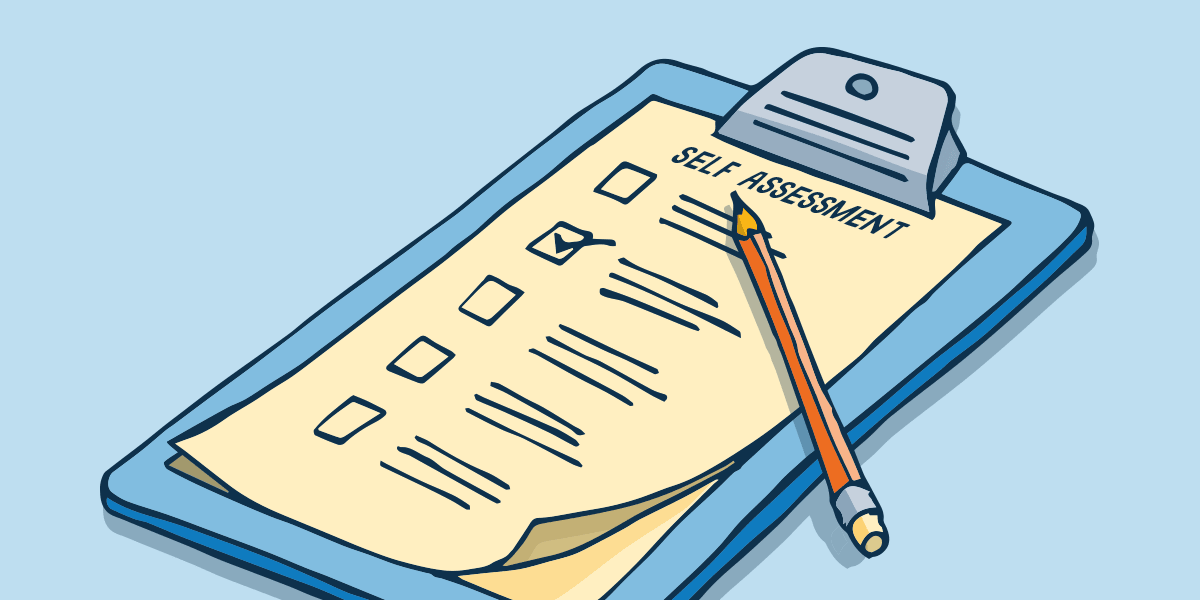The self-assessment system frequently lacks the clarity needed to enable taxpayers to complete their returns with relative ease. Jay Vala has some suggestions for improvement.
According to HMRC, 12m taxpayers were required to file a 2020/21 tax return. But based on statistics at the beginning of January 2022, 6m tax returns were outstanding – a staggering number.
Experience suggests that more than half of these are taxpayers whose tax affairs are straightforward yet they leave the filing to the last minute.
HMRC should be able to identify taxpayers whose incomes arise from relatively straightforward sources such as employment, self-employment (not VAT registered), pensions, rental, savings and so on. These taxpayers should have a shorter deadline of seven months with a filing date of 31 October. They could request an extension if they provide an acceptable reason.
The 31 January self-assessment deadline could then apply to those whose tax affairs are considered complex and for businesses that are VAT registered.
Self Assessment Tax Return SA100
The core tax return SA100 has eight pages. For the vast majority of taxpayers there may be no more than 12 entries represented by the following items:
- Interest
- Dividends
- State pension
- Other pensions
- Gift aid donations
- Pension contributions
- Bank account details, if there is a repayment due.
The form could easily be improved and condensed into four pages like this:
- Page 1: personal details and supplements available
- Page 2: all different sources of income and capital gains to report
- Page 3: all claims to allowances and reliefs
- Page 4: bank account details for tax repayment, tax liability, any changes to notify for the forthcoming tax year and a declaration section.
The choice of supplements to submit should be voluntary.
Other documents
Documents that have a bearing on the tax return also require updating. The form P60 needs some urgent updating to reflect the following:
- Details of share awards, share options included in gross pay
- Student loan – state deductions made under Plan 1 or Plan 2
- Employee and employer pension contributions – state whether a net pay scheme is operated, otherwise a claim for higher rate relief needs to be made with HMRC.
And form P45 could be improved as follows:
- Details of share awards, share options included in gross pay
- Redundancy/termination pay included in gross pay and the tax-free amount
- Student loan – state deductions made under various plans
- Employee and employer pension contributions – state whether a net pay scheme is operated otherwise a claim for higher-rate relief needs to be made with HMRC. Helpful information to calculate unused pension allowance and pension savings charge
- Class 1 NIC paid to assist with the review of Class 1 NIC liability for the year.
State pension
Around February each year The Pension Service issue a letter showing the pension entitlement for the following tax year. A similar document is issued where a new pension entitlement arises in the year and married women who have lost their spouses become entitled to an increase in their pension.
The Pension Service can improve the document to specify the annual amount to report for the tax year ending soon and the new tax year in the form of a Hybrid State Pension P60.
Unfair advantage
Those in employment or in receipt of pension with a liability of £3,000 or less are allowed the benefit of collection via the PAYE system in the following tax year. Surely if you are in self-assessment the purpose is to discharge your liability by 31 January of the following year. This gives them the unfair advantage of paying their liability much later than the rest. More important, it does not bring closure with a previous year’s tax liability affecting future year’s tax and potentially ending up on a merry-go-round with changes impinging on a series of tax years.
This sort of facility should be withdrawn immediately as it adds another item to remember when filing tax returns.
Other tax adjustments
These are relegated to the tax calculation summary, in particular those relating to losses and so on. Surely they form an integral part of the tax return and need to be included in the additional information section? Most individuals, and sometimes agents too, would struggle to find the right place to claim these.
It is over 25 years since self-assessment was introduced and by now the system should be running smoothly rather than still having complications on a daily basis.

